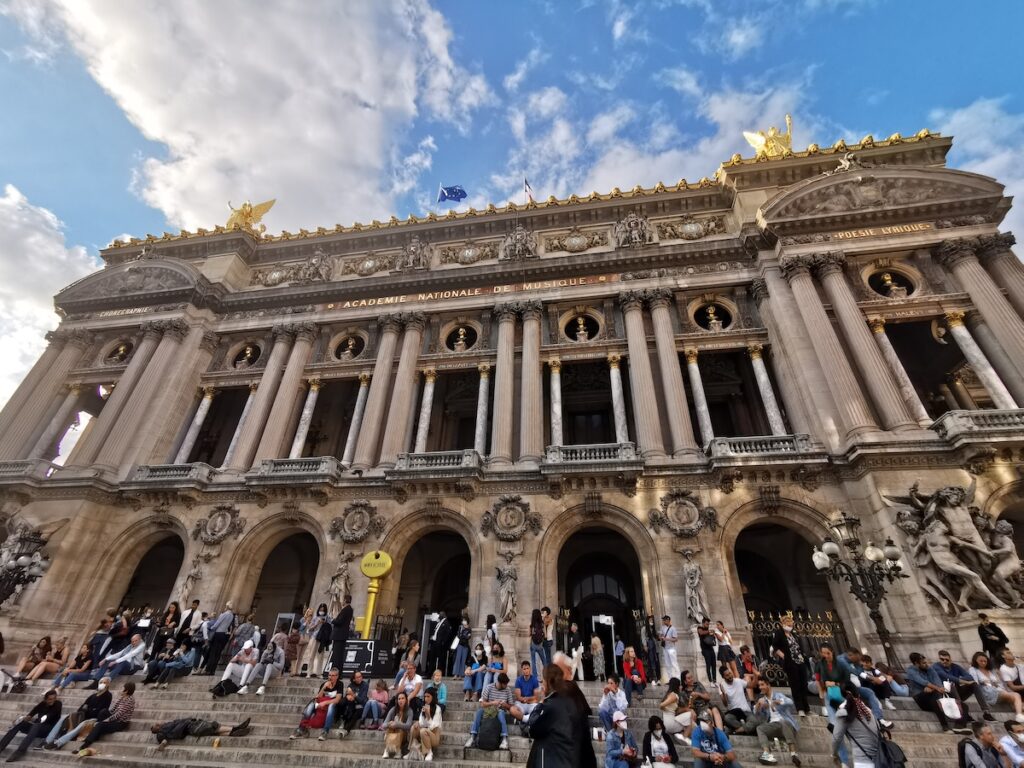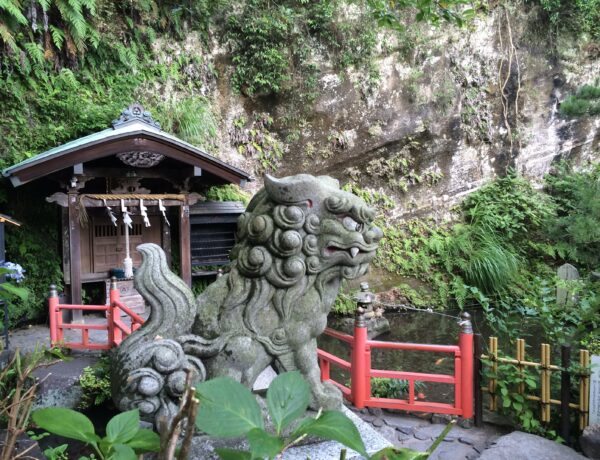Let’s acquaint ourselves with Parisian etiquette and some insights I’ve gleaned as a Parisian—nuances that come with experience, subtle details that can make you feel more comfortable in a city, and which typically only come from living here.
For example, what should you expect at an outdoor cafe terrace, how to ride the Metro without being noticeable, or whether you should greet your French friends with kisses on the cheeks? I’ll answer all these questions and more, ensuring Parisian etiquette holds no secrets from you!
Contents
- #6 Be mindful of personal space
How to behave on the Parisian Metro - #7 Embrace the Parisian cafe terrace culture
- #8 Use these few French words
👋 Ways to say “Hello” in French
👄 Ways to meet and greet somebody in French
🙈 How to excuse yourself and say thank you in French
✋ Ways to say “Goodbye” in French - #9 Dress like a Parisian
- #10 Kiss “la bise” like the French 💋
💋 How to kiss on the cheeks like the French
💋 Who do you kiss on the cheeks in France?
Click here to read part I of this article, focusing on how to plan your trip to Paris!
#6 Be mindful of personal space
In my opinion, the number one rule for comfortable navigation among Parisians is to be unobtrusive and protect your own personal space at once. The city’s density, coupled with the fact that landmarks, residences, and workplaces are intermingled (including on the Champs-Élysées and the largest boulevards), creates situations where different rhythms of life mix and intersect. Where you might want to wander around and admire the beautiful Parisian façades (with reason!), workers will probably be eager to go home quickly. Just don’t be surprised if they swiftly ignore you and don’t take it personally if they ostensibly grunt while making their way. It’s part of the Parisian charm, to some extent!
How to behave on the Parisian Metro?
The most important tips I would give regarding the rules of unobtrusiveness are about the Metro (as mentioned in Part I, Paris’s underground network has its own rules), an ecosystem of its own. Here are 5 things to remember to ride the Metro like a Parisian:
- Keep your right on the escalators
- Go with the right flow in the corridors (generally walk on the right hand side)
- Let people get off the train before stepping in / Don’t use the folding chairs at peak hours
- Try to stay close to the doors if you know you’re getting off soon
- Put your backpack down (between your legs or something) to leave more space around you!
#7 Embrace the Parisian etiquette at cafe terraces

You’ve got to hit up a café terrace if you wish to dive into Parisian life. It’s where Parisians chill out, people-watch, and chat away over coffee or a beer. One famous writer, Georges Perec, even sat at the same café terrace for several days and described what he observed, in his famous short novel An Attempt at Exhausting a Place in Paris. I love the fact that this implies that it’s very hard to do so, since life seems endlessly busy and to some extent – interesting – seen from a café table.
In practice: usually, you can just grab a seat at any terrace table without having to wait, unless there’s a sign saying otherwise. Order an “espresso” or an “allongé” (long black coffee) or a beer (or anything else of course).
Don’t be thrown off if the bill suddenly shows up at your table without you asking—it’s pretty standard. The waiter might leave it with you so you can pay at the counter whenever you’re ready, or just so they know what you owe when you decide it’s time to head out. Tipping isn’t a must since waiters get a salary, but if you’re feeling the vibe and loved the service, a little extra thank you is always a nice touch.
#8 Use these few French words 🗣️
I have no doubt you have already looked up some French words to make your trip easier at this point. Here are a few things to know with the use of French in daily life that will help you blend in just fine:
👋 Ways to say “Hello” in French
- “Bonjour” (Hello/Good morning): to use all the time when greeting or meeting somebody, including when you enter shops or buses.
- “Bonsoir” (Good evening): to use like “Bonjour” at the end of the day (let’s say starting 5 or 6pm)
- “Salut” (Hi): Less formal way, often used among friends, to greet somebody. You would not use this with a stranger.
👄 Ways to meet and greet somebody in French
- “Enchanté” (Nice to meet you): very common to use on first meets.
- “Ça va ?” (How are you?) and “Ça va”/”Ça va bien” (I’m fine): this is subtle but very common in French greetings. People mechanically ask each other how they’re doing and can end up saying twice “Ça va” but with various intonations.
- “Tout va bien” (I’m all good/Everything is okay): to use if somebody asks you if everything’s fine or if you’re feeling comfortable.
- For “la bise”, this particular French way to greet with the cheeks, refer to the below!
🙈 How to excuse yourself and say thank you in French
- “Merci” (Thank you) and “De rien” (You’re welcome): I don’t need to explain these. Instead of “De rien”, you may hear “Je vous en prie”/”Je t’en prie”. It is slightly more formal, but means the same.
- “Merci beaucoup” (Thank you very much): again, this is self-explanatory
- “Excusez-moi” (Excuse-me)/ “Pardon” (Sorry): to use when you’re trying to catch someone’s attention or if you’ve accidentally bumped into someone for instance. There’s not real difference in French between those two words.
✋ Ways to say “Goodbye” in French
- “Au revoir” (Goodbye)
- “A tout à l’heure” (See you in a bit): to use if you’re going to meet the person again on the same day
- “A plus tard” (See you later): to use if you’re going to see the person soon, on the same day or even in the next few days. This one can also be just a casual way to say “Bye” without any specific notion of actually seeing the person again.
- “A bientôt” (See you soon): to use if you don’t know when you’re going to meet the person again
#9 Dress like a Parisian

Think Parisians are all about dressing elegantly every day? Think again! Paris is a melting pot, just like any other city, bustling with people going about their day—some wearing the latest fashion, others keeping it casual. So, beathe easy!
If you’re really craving a dose of fashion, stroll through the streets of higher-end districts like Le Marais or where luxury brands glitter such as Saint-Germain-des-Prés or around Place Vendôme. It’s perfect for those who love to people-watch and get inspired by chic or original outfits. Or you can visit during the Paris Fashion Week, of course!
As a traveler, though, comfort might trump style, and that’s perfectly fine. If you’re worried about blending in, stick to plain-colored outfits (mostly dark) paired with comfy sneakers (and avoid speaking out loud on the Metro to remain unidentified if that’s a worry, maybe). Carry a bag that stays close to your side, and be smart about where you stash your valuables—better safe than sorry with backpacks!
But hey, don’t forget you’re in Paris—the heartland of fashion! If you’re into dressing up, don’t hold back! Around here, expressing yourself through your wardrobe is celebrated. So, go ahead and dress to impress with confidence!
#10 Kiss “la bise” like the French 💋
Now, let’s move on to a lighter, yet for some, still enigmatic topic: ‘la bise,’ or the French custom of greeting each other with kisses on the cheeks. This tradition actually has its roots in Roman times, where a ‘courteous kiss’ served as a form of greeting. It’s important to note that this should not be confused with ‘the French kiss’ – we all know what that entails, and the clear rule is not to engage in such an act with strangers, at least not without specific context – but I’m not here to judge!
💋 How to kiss on the cheeks like the French
Now that we’ve got that out of the way, is there a correct way to do ‘la bise’? The answer is, yes. Contrary to what you might think, it’s not exactly ‘a kiss on the cheek’ because you don’t actually kiss the other person’s cheek.
As explained very well in the video below, there are specific steps to properly execute “la bise”: first, make eye contact (you don’t want to startle someone by moving in unexpectedly), then you would usually place your arm on their shoulder or arm. Only after that do you lean in and press your cheek against theirs, while making a kissing sound. The sound is important, otherwise it’s simply very weird – only very close friends allow themselves sometimes to continue talking while doing the gesture.
⚠️ Very important ⚠️ NEVER actually kiss their cheek. It’s cheek against cheek, and your lips should not make contact with their cheek. Doing so is considered gross!
In Paris, you should know that ‘la bise’ is composed of two “kisses”, starting with your right cheek touching their right cheek. Meaning you must lean towards your left and reach for their right cheek.
💋 Who do you kiss on the cheeks in France?
There’s more to Parisian etiquette with la bise! You’ll mostly share this cheeky greeting with close friends and family, not strangers. In certain situations though, if a friend of yours introduces you to another friend, they might move in to kiss you ‘la bise’ even if you don’t know each other yet. In this specific situation, the friendly context will induce a ‘ la bise’ context.
Now, the ladies are usually expected to do ‘la bise’ to both women and men. But if you don’t want to, then don’t do it! Men generally shake hands, although you’ll spot more of them cheek-to-cheek these days, especially the younger people. Among the youth, hugging is in vogue, echoing the casual vibes of Anglo-Saxon cultures, but a firm handshake remains the go-to for first-time meet-ups.
I know, these are a lot of subtleties for a greeting, but trust me, mastering the art of ‘la bise’ gives you a certain French vibe! This being said, as a tourist, you’re not expected to master ‘la bise.’ Chances are, your travel adventures won’t throw you into the deep end of this ultimate French social ritual.
If you need a guidebook, think about getting yourself the Lonely Planet Experience Paris which I co-authored.
And with all this, I wish you a safe and sociable trip to Paris!




No Comments